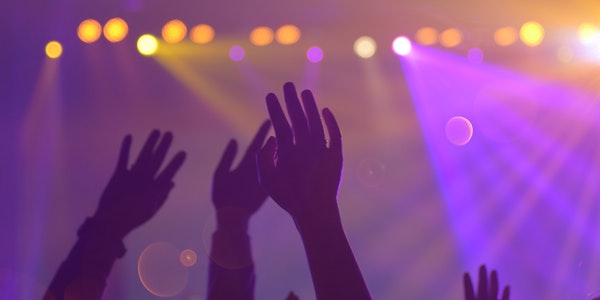Table of Contents
Lighting Production Process
Lighting Design
- Configure the circuit: explore the performance site according to its circuit, control panel, lamps and instruments, dance, the number of lamp poles, the height of space, the length and width of stage depth, and the related mechanical equipment such as dimmer controller are designed.
- Delivery to the dance Supervisor: deliver the final lighting to the dance supervisor, and the run process determines each step and communicates with the actors, determine the details of lighting effect and tell the change point in detail.
- Arrange the equipment: prepare the necessary equipment in advance according to the lighting configuration and the equipment of the leased site, materials, such as color chips, color clip, gloves, pliers.
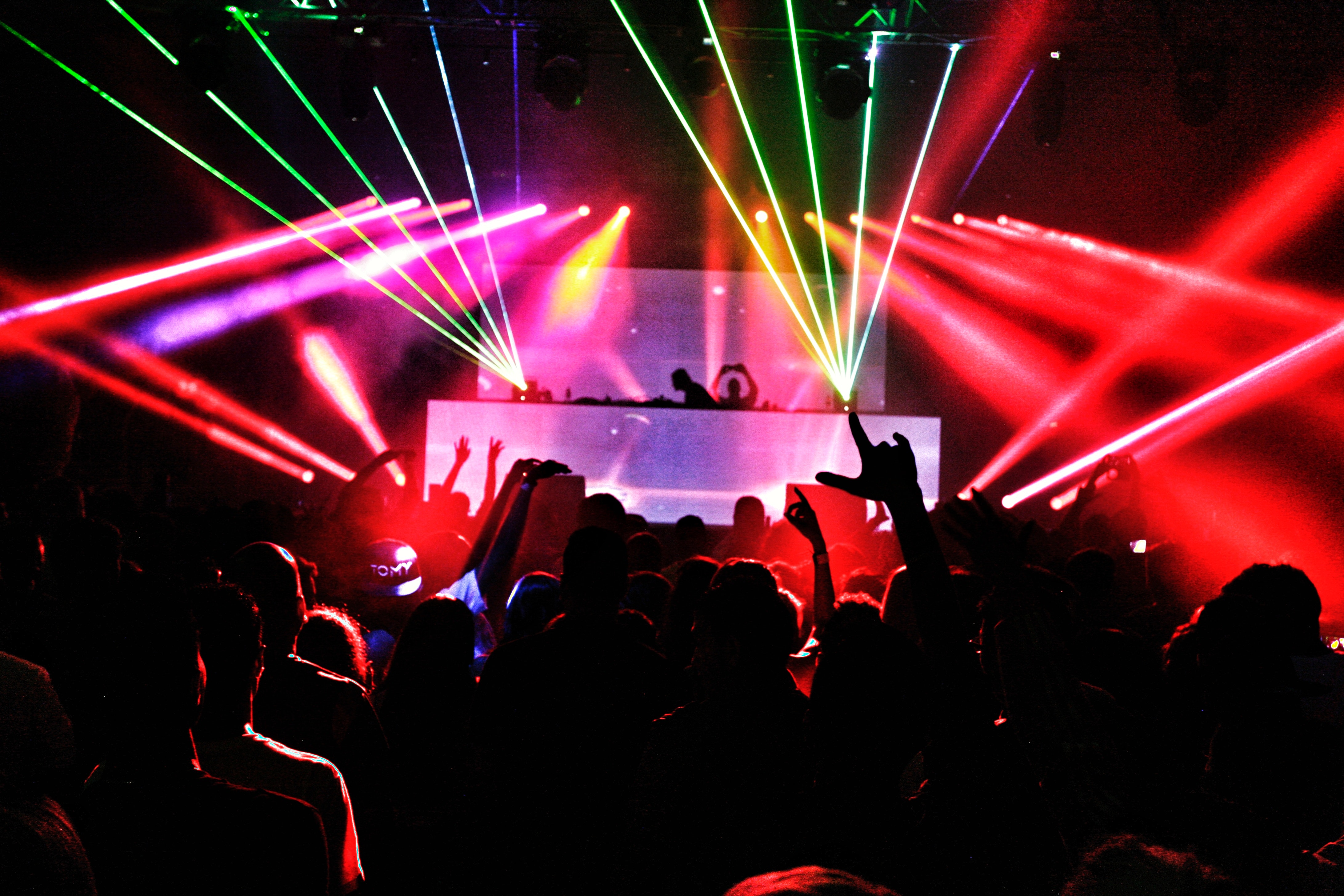



- Scheduling process: before entering the theater, according to the whole work content of the lighting itself, clear calculation work time required, and work out the work flow with other stage departments, so as not to affect the progress of each other
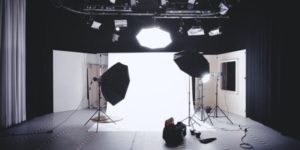

Lighting Execution:
- Assemble the lamp: according to the circuit configuration table, hang the lamp, configure the circuit, color the film and adjust the lamp
The angle and the position of space light.
- Determine the effect: set the light brightness level with the director, determine each effect and record it in detail.
- Rehearsal exercise: rehearsal is regarded as formal, rehearsal process will never be interrupted, the problem lies in the end of rehearsal which we’ll discuss it later. Before the performance, strive for time, follow the Q table and the actual practice of each effect recorded, and find out the possible problems in operation.
- Performing: according to the direction of the dance supervisor, perform every effect accurately.
Types and Principles of Lamps
1) Floodlight
For general lighting design, the light source has only one bulb and the lampshade has a large opening, so the light irradiation range is relatively large. There is no lens in the front. You can use the knob to adjust the brightness of the light.![]()

(2) Bar lamp:
It is made up of many light bulbs, long and narrow or slightly long square lamp slot, used for general lighting. It can be placed in a hole in front of the stage, called a footlight. It can also be placed on a light pole above the stage, or on the floor to light the screen. The former is called a side light and the latter is called a sky light. There are also small linear lights used to illuminate small setting units such as doors and windows.
3) Sky screen lamp:
The backlight designed to illuminate the sky is often used to create an overall atmosphere.
4) Spotlight.
Illuminate a specific part of the stage with a concentrated light. The lamp body includes a hard metal cover, a bulb cavity, a reflector, a lens, a groove for the color film, an attached device and a focus adjuster.
Spotlights are divided into the following categories
1.idal Reflector Spotlight(ERS)
Also known as LEKO. This is a kind of spotlight with the highest lighting rate, mainly used in lighting appliances and lighting equipment when the stage is far away and the space is high enough. The use of lenses for convex lenses, also known as spotlight lenses. One side is flat, the other side is convex, which can emit strong and bright light. The reflector is installed behind and around the bulb to reflect the scattered light forward, so its function is to improve the lighting rate of lighting appliances. Mirrors are made of metal and come in many shapes, but the most commonly used are spherical and elliptical. According to Cummings, the elliptical spotlight uses an elliptical reflector (named after it), whose mirror is semi surrounded around the bulb. The projected beam has a clear edge and a little halo, which is suitable for long-distance projection.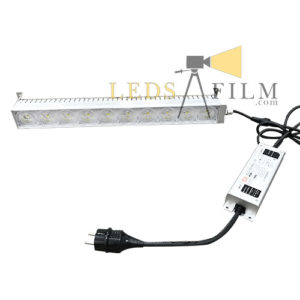
There are four shutters in front of the mirror to change the shape of the beam. Another effect film slot is gobo slot, special effect film can be placed to increase the pattern of light beam, color paper can be placed in the slot to change the color of light beam. The so-called 15, 20, 30 or 40 degrees refers to the field angle formed by different focal lengths of lenses. Generally, the longer the focal length of the lens, the smaller the angle.
Attachment: Use of Carved Projection Film (GOBO)
Among the many functions of lighting, GOBO is a very special technique. Because today’s technology has made great progress in the manufacturing process of lamps, the new generation of oval reflectors mostly have grooves that can be inserted into GOBO. The position is Before cutting the light film group.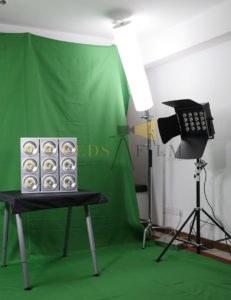
What is the use of GOBO? GOBO is exactly as like as two peas, GOBO is a rectangular plate made of heat resistant metal material, with a hollowed pattern on it. When the light emitted by the bulb passes through the GOBO lens and is projected through the lens, the light has been cut through the irregular pattern of the GOBO piece, and then the pattern is exactly the same as that on the GOBO, and it is irradiated on the floor. Generally speaking, gobo is most commonly used to make shadows of trees. Only a moment’s use of gobo with small holes can produce special light and shadow that light passes through the sparse comb behind the leaves. With the recent enhancement of this technology, manufacturers have now made precise cutting with lasers to produce various detailed patterns.
2.Fresnel Spot Light
Compared with the oval spotlight, it is usually used in the field with short distance and small space height. The lens used is a Buddha lens, one side is flat, and the other side has a float half sphere.
In order to produce a soft and uniform light beam, the mirror surface is fogged and the convex surface is cut. Their function is to disperse the light so that the edge of the aperture is not too obvious. The spherical reflector is placed behind the bulb. Due to its shape and position, the illumination rate of the spherical reflector is lower than that of the elliptical reflector. According to the diameter of the lens tube, it can be divided into 6 “, 8” and 10 “specifications. The size of the aperture can be adjusted by the distance between the light source and the focus. It is also a color chip slot.
- Down lamp (PAR lamp)
The lamp shell is cylindrical. The structure is simple. Because this lamp can be used both indoor and outdoor, it is widely used in outdoor concerts. Because of its low price, easy maintenance, many theaters like to use this kind of lamp.
- Follow spot:
High intensity, hard edge spotlight. It can project a aperture to the stage at a long distance, following the desire movement of a person or thing illuminated on a stage. The principle is the same as the spotlight listed above.
From Sage to Prformance
(1) Hanging lamp
After entering the theater, the first thing is to install all the lamps according to the lighting position shown in the lighting diagram
Hang one by one on the lamp post. Pay attention to the stage clearance at this time!
2) Distribution circuit
Each lamp must be equipped with extension line according to the drawing and inserted into the lighting circuit.
(3) Light adjusting and coloring paper
All lamps and lanterns must be adjusted one by one by the lighting design and command staff to the required position or location, according to the size of the demand adjustment, and finally add the specified color paper.
(4) Make cue
After adjusting the lamp, under the normal operation of all lamps, cue can be started, which is to set all kinds of lighting changes of the whole performance on the stage, and record these pictures one by one with manual controller or computer controller, so as to become the basis of lighting changes in future performances.
(5) Technical rehearsal
After these pictures are recorded, they have to be matched with other departments, such as speakers, stage, clothing, and entertainment
All of these departments are added to the stage for technical rehearsal in order to find the shortcomings and correct them immediately.
6) Problem correction
In the case of problems in the technical platoon, it is necessary to take time to make further adjustments, whether it is to shift the lamps, change the color paper or re adjust the light, these are in the technical rehearsal and formal rehearsal room.
(7) Formal rehearsal
Rehearsal is regarded as a formal performance, usually all the unexpected situations that may happen in the performance are in the formal stage. Rehearsal takes place ahead of time, so all departments – stage, clothing, lighting, sound effects, makeup, actors and so on, regard rehearsal as a formal performance, and the rehearsal process will never be interrupted. Problems are raised and discussed after rehearsal.
(8) Final amendment
After the formal rehearsal, there is still a period of time for the departments to make adjustments and repairs, so as to achieve the goal.
I wish you a perfect performance.
